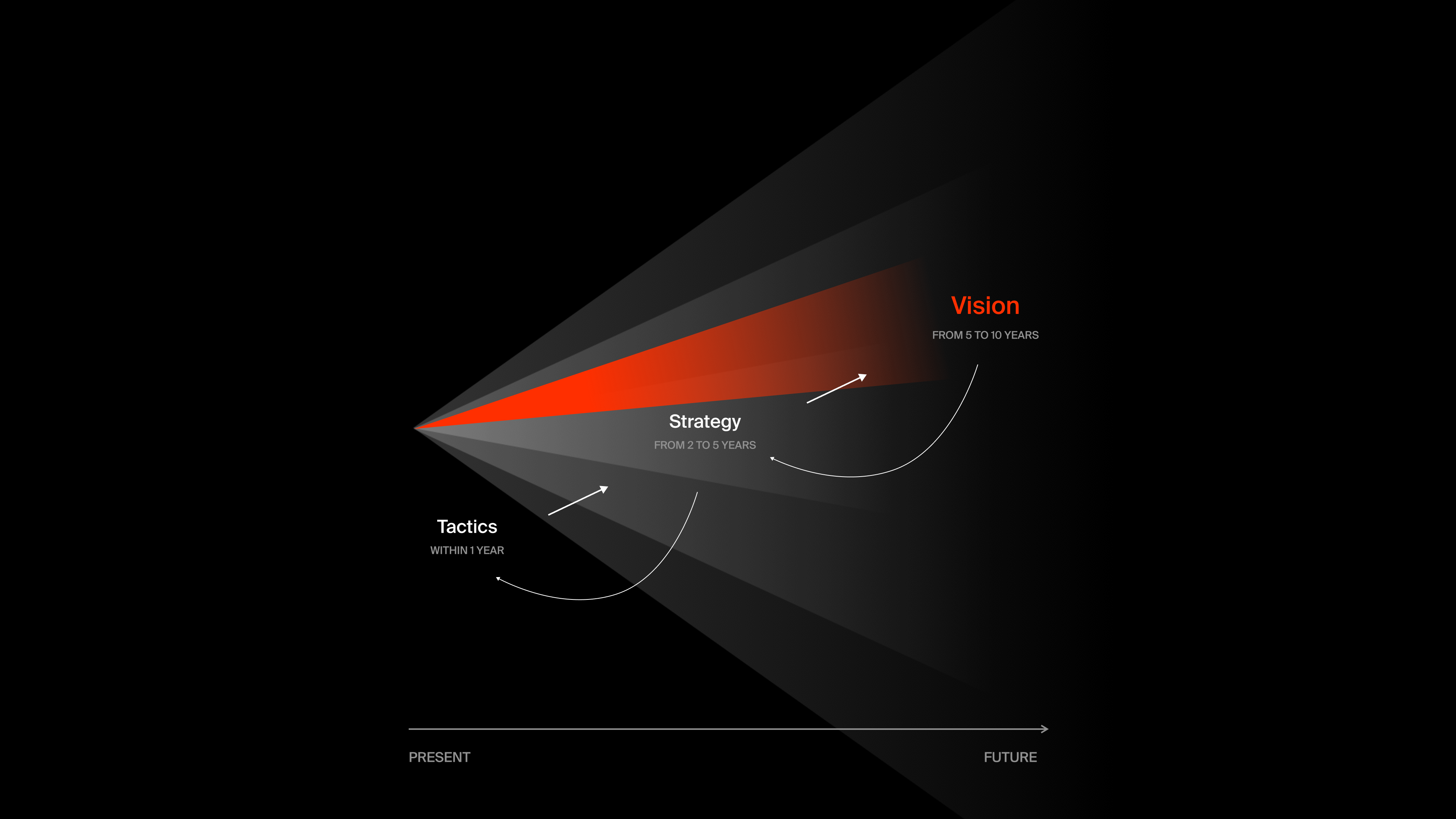In recent decades, the future has often been portrayed as an inevitable nightmare, an impending apocalypse. From the Y2K scare of the 90s to anxieties about climate change, nuclear war threats, dystopian pop culture scenarios, and today’s fear that artificial intelligence will strip us of jobs and wellbeing, we live immersed in a narrative steeped in pessimism. It’s as if we are passive spectators of a foretold disaster, a fate beyond our control.
Projecting excessively negative (or, conversely, excessively positive) futures creates a domino effect on people. It leads to paralysis, anxiety, and inaction, triggering adverse outcomes on both individual and organisational levels, such as “disempowerment”, “self-fulfilling prophecies”, or “decision paralysis”. In short, it’s far from ideal. On the other hand, excessively utopian projections risk inspiring reckless choices.
Curiously, even in prosperous times, we tend to look to the future pessimistically. In 1997, a time of optimism, Wired published an article envisioning a prosperous future for humanity—provided ten negative scenarios did not come to pass. Despite the hopeful atmosphere of that era, many of those predictions have materialised, proving that merely projecting a future is not enough. Action is the strategic and tactical key for businesses and societies to prevent the worst and bring about the best.






